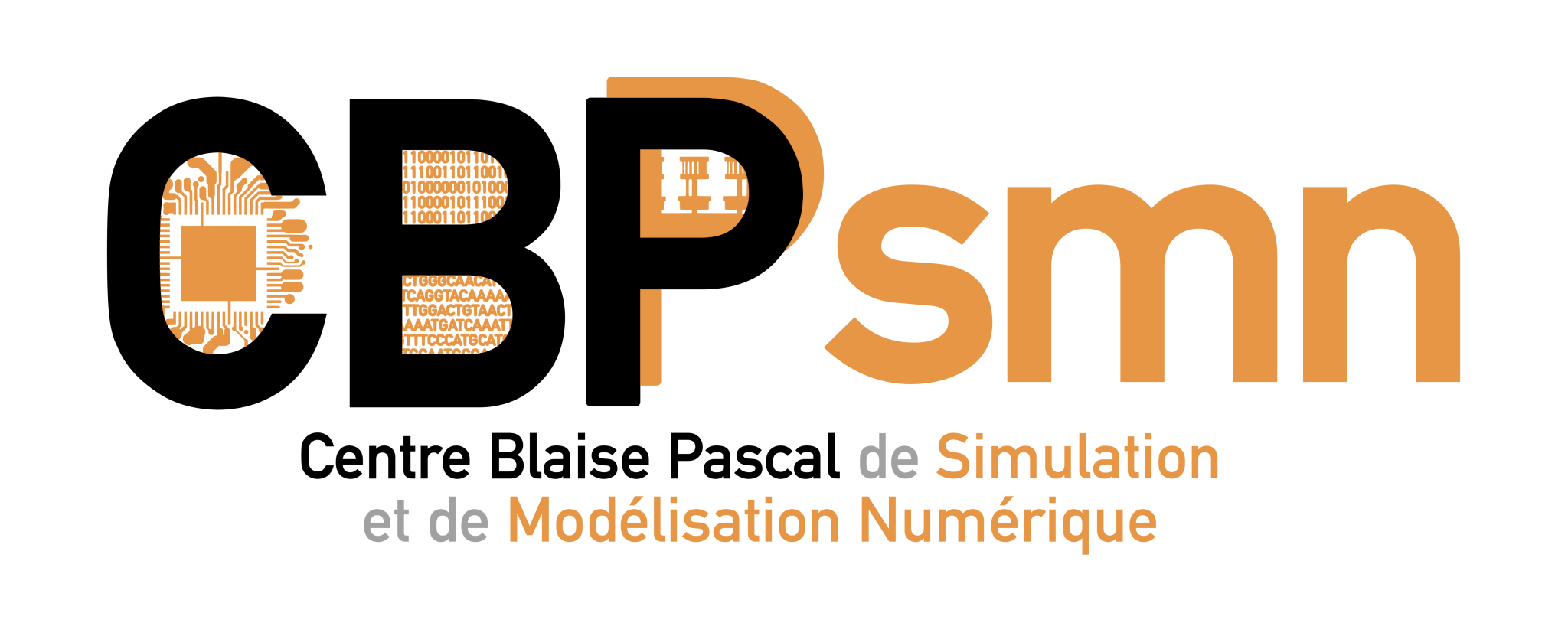Différences
Ci-dessous, les différences entre deux révisions de la page.
| Les deux révisions précédentes Révision précédente Prochaine révision | Révision précédente | ||
|
science:projets:labs [2013/01/24 11:35] sbarends |
— (Version actuelle) | ||
|---|---|---|---|
| Ligne 1: | Ligne 1: | ||
| - | **The Lattice Boltzmann method** is a relatively recent simulation technique for complex fluid systems, which is conceptually different from conventional CFD methods. The main difference is that while traditional methods start with a continuous mathematical description of the fluid at a macroscopic level, e.g. the Navier-Stokes equations, the LBM considers the fluid at a mesoscopic level. Therefore, the fluid is viewed as groups of fictitious fluid particles that collide, re-distribute and propagate over a discrete lattice mesh, in such a manner that the correct collective fluid dynamics are recovered at a macroscopic level. There are strong motivations to simulate the fluid this way. | ||
| - | First, by using a kinetic description, the modeled physics is simpler and more general. The physics is simpler since it is restricted to capturing the kinetic behavior of these groups of particles, as opposed to solving non-linear differential equations. This description is also more general since by incorporating particle interactions at this level, more complex fluid physics can be modeled more accurately. Finally, due to its particulate nature and its local dynamics, Lattice Boltzmann algorithms involve simple arithmetic calculations and are therefore favorable to a high level of parallelism. | ||
| - | |||
| - | {{ :science:projets:labs.jpeg?nolink&700 |}} | ||
